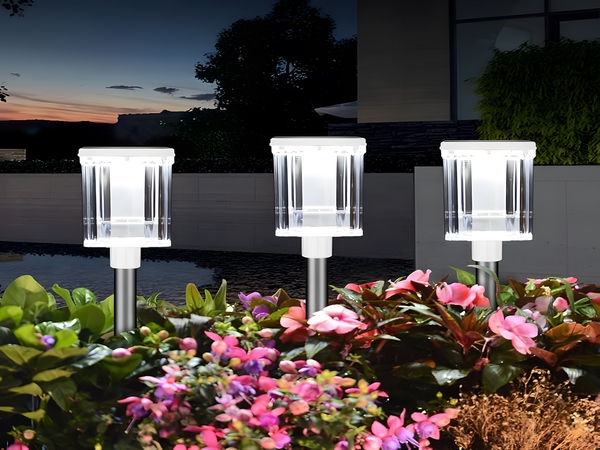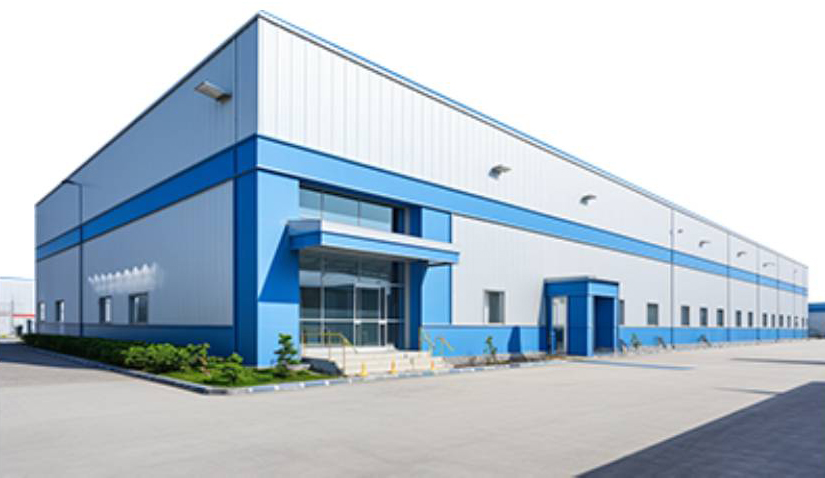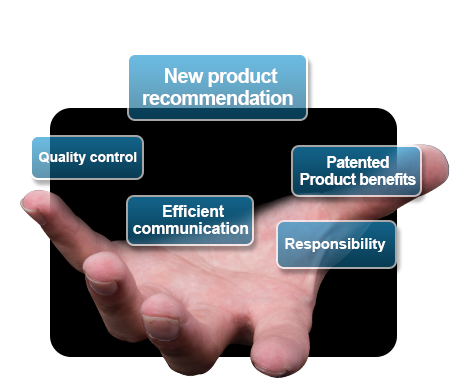The angle of solar streetlight solar panels is generally designed by manufacturers to be 45 degrees. This is to ensure good charging capacity during winter.
However, the azimuth angle is determined during installation. When assembling the solar panels underground, if the pole is found to have shifted after standing, adjustments are generally not made unless the shift is significant.
The deviation in the angle of the solar panels not only affects charging but also influences the voltage of the solar panels under the same illuminance, which in turn increases the error in the time it takes for the solar panels to light up. Therefore, when assembling on the ground, it is important to adjust the azimuth angle of the solar panels to make them consistent.
Avoid shading the solar panels as much as possible to ensure effective lighting.

When faults occur after installing solar streetlights, they can typically be classified into the following situations:
1. The lamp head flickers. This fault may be caused by poor wiring connections, battery drain, or significant reduction in storage capacity. If there are no issues with the wiring, replace the battery.
2. The charging indicator LEDI (green) flashes rapidly due to overvoltage in the system. Check if the battery is open-circuit or improperly connected. There may be damage to the charging circuit.
3. The solar panel has voltage but cannot charge, and the LEDI does not light up green. Check if the connectors on the solar panel side of the controller are securely connected.
4. The load indicator LED3 (red) flashes rapidly, and the load is not short-circuited.
5. Check if the wiring on the load side is reliable when the load indicator LED3 (red) is lit but the load does not operate.
6. The LED2 shows red and the load does not operate. Please charge the battery to protect the voltage.
7. The load indicator LED3 (red) flashes slowly, and the load does not operate due to excessive load power.

Of course, the failure of solar energy-saving streetlights is not caused solely by human or environmental factors. The primary reasons lie in the design, materials, and quality of the solar streetlights themselves.

